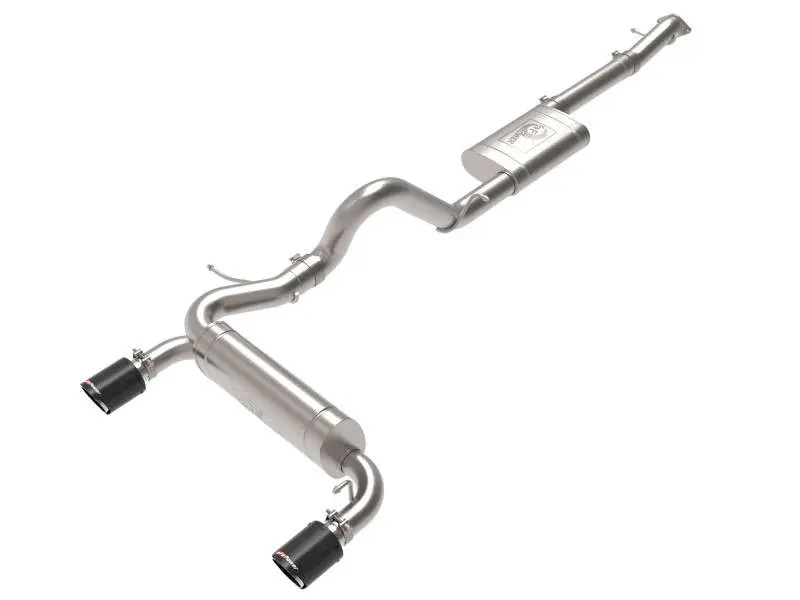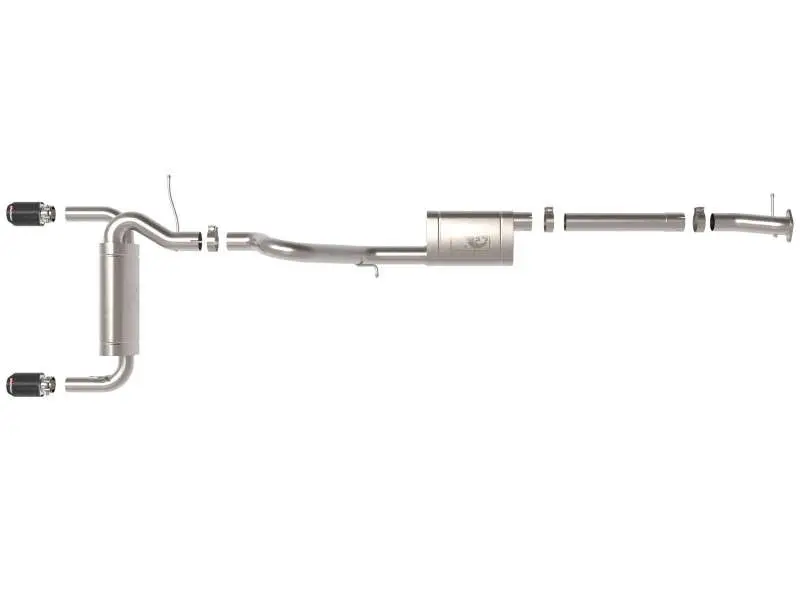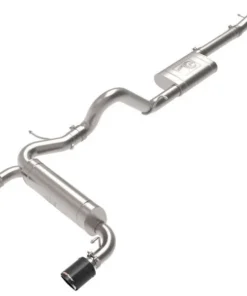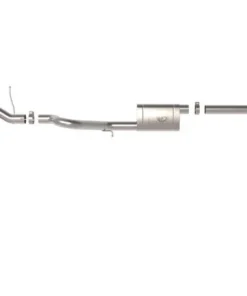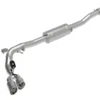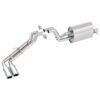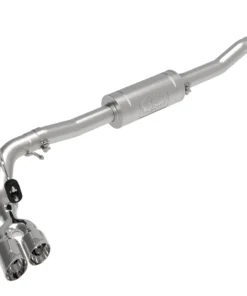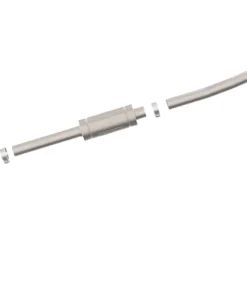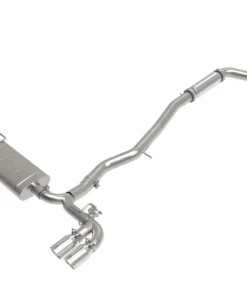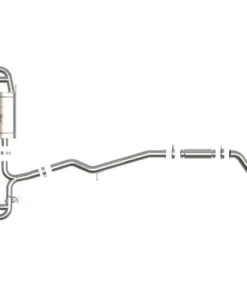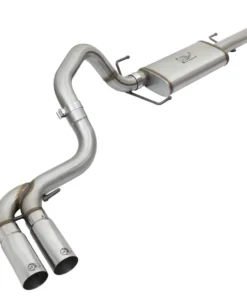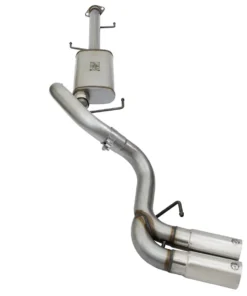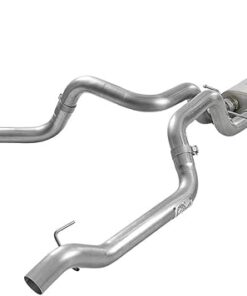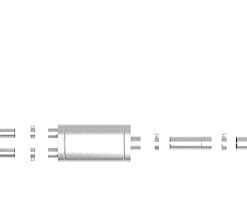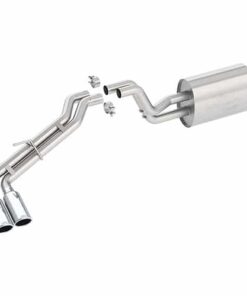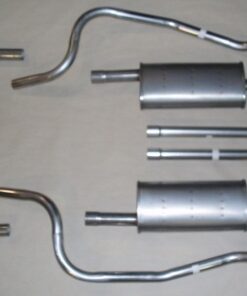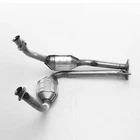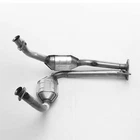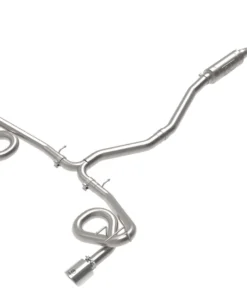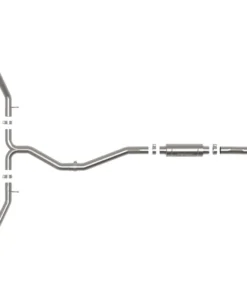A 304 Cat-Back Exhaust System refers to an aftermarket automotive exhaust system made from 304 stainless steel, starting from the catalytic converter (“cat”) and extending to the rear of the vehicle. Here’s a breakdown of what it means:
What Is a Cat-Back Exhaust System?
-
“Cat-Back“ = From the catalytic converter back
-
Replaces or upgrades parts from the catalytic converter to the exhaust tips
-
Typically includes:
-
Mid-pipe or resonator
-
Muffler(s)
-
Tailpipes or exhaust tips
-
Why 304 Stainless Steel?
304 Stainless Steel is a high-quality, corrosion-resistant steel alloy. It’s widely used in performance exhaust systems because:
-
Resists rust and corrosion (great for all-weather driving)
-
Has high heat tolerance
-
Durable and long-lasting
-
Offers a clean, polished finish
Compared to 409 stainless steel, 304 is more corrosion-resistant but also more expensive.
Benefits of a 304 Cat-Back Exhaust System:
-
Performance gains (horsepower and torque) by improving exhaust flow
-
Enhanced exhaust sound – deeper, sportier tone
-
Better fuel efficiency (in some cases)
-
Aesthetic upgrade – polished tips, branded mufflers
-
Weight reduction over stock exhaust systems (varies by model)
Ideal For:
-
Car enthusiasts seeking performance and sound upgrades
-
Those in areas with wet or snowy climates (304 resists rust better)
-
Long-term vehicle owners who want durability


